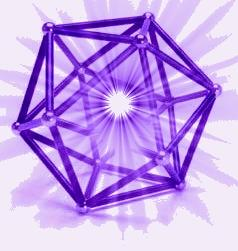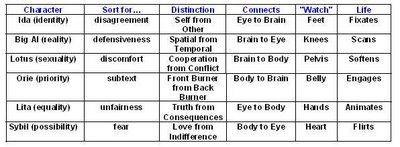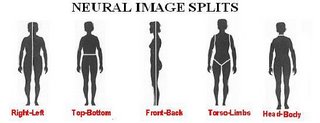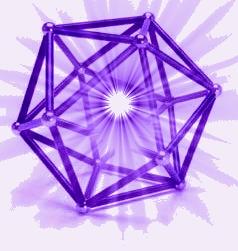Themes For December 20th to January 17th

We have a few cosmic wrinkles heading our way as we approach this next lunar cycle. The first one is that right after the New Moon on the 20th fades, we have the Winter Solstice on the 21st. For the rest of the cycle, and on until the Summer Solstice in June, the daylight hours will then begin to increase again. The irony of course is that as the light returns, the Winter enters our lives again.
So we get the double whammy of facing a new season along with the slow and steady addition of more daylight. Factor in the holidays and the New Years' celebration and it's one bumpy cycle, eh?
The Winter system brings us in contact with our phase of expiration. We must learn to die and be here at the same time. You'll feel it the first morning you spend shoveling snow or scraping ice off the windshield. Winter compels you to go within, while the light beckons to you through the cold.
As far as pattern recognition, we're right back at the beginning of the Cycle of Transition. We must shed our awareness of the last journey and open the 1st Somatic Interface again, just as we did back when the Summer began. Take a moment to note how your life looked back then. Has your status quo improved or dipped down in the last six months? Your answer will determine how you'll spend the next six months. Will it be a time of growth or a time of repair? You set the agenda now.
If you chose growth, get in touch with all three dimensions of your desire. What is it you want to accomplish? What will you avoid in the process? And what will be preserved that's here with you now? It's only when you have all three elements clear in your heart that lasting positive change is possible. Now, if you chose repair, where is you life mending itself? Which domain(s) needs support?
Do you need to be Mr. Fix-It and tend to your tools and be a better EXO? Do you have relationships that needs bridges made and fences taken down? So how will you be a more open PHYLO? Are you needing to get more connected with nature, with your spiritual tribe or just try new things? If so, then how will you exert more ECO attention from within? And finally, are you regulating your life in a way that feels light and free to you? Are the ideas you get fresh and sharp? If not, then it's time to delve into more ONTO-ish activities as the years begins. Once you have your plan, check in with your circle and see where they're at so you can be integral in their lives too. This is essential now.
The first cycle also raises the curtain on confronting fears and welcoming calmness. Many people sit down on New Year's morning and write down their resolutions. The reason why most don't stay committed to them is not due to some loss of will power or a fatal character flaw. It's simply a shallow exhalation breathing rhythm that communicates an affect of exhaustion to the system...
Lasting positive change cannot occur in an exhausted organism. If you want to see if your resolutions are reaching your somatic core, read them one by one and take a deep breath inward.
Holding that breath at it's peak, move your eyes up and then let the air leave your body. Then take stock and see if you feel invigorated (core inspiration) or relief (superficial expiration). That's a great tool to just use in a general way to determine if your life is feeding your core or starving it of joy...
With that, I'll take a bow for 2006 and return to blog central station on New Year's weekend with some thoughts about how we can enter 2007 with somatic vigor...stronger than dirt as they say.
Tacitly, MRF 12.17
Additional Reading...
http://ibdcrohns.about.com/cs/mentalhealth/a/newyearresolve.htm
http://www.webmd.com/content/article/52/50396.htm
http://www.mercola.com/2003/oct/29/flu_shot.htm










 “the data stored at point E includes all information stored at point B in addition to data from the B-C-D-E experience which in all likelihood has in some ways caused alterations in the point B data. Therefore points B and E are not identical even though they both lie on the ideal health line.”
“the data stored at point E includes all information stored at point B in addition to data from the B-C-D-E experience which in all likelihood has in some ways caused alterations in the point B data. Therefore points B and E are not identical even though they both lie on the ideal health line.” 

